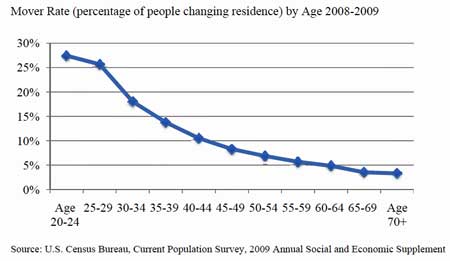Here’s a direct quote from a franchise sales solicitation one of our brokers received:
“At Realty World, we understand that recruiting is your number one priority”
Funny. I thought the number one priority of a real estate company was selling real estate.
I don’t mean to pick on Realty World. If you ask any other national franchise what’s most important, they’ll tell you the same thing: recruit, recruit, recruit. It’s just that RW is the latest to solicit our members, a practice that could be considered tortious interference with a contractual relationship (regardless of the legal disclaimers at the bottom of their solicitations). It’s kinda like one of your competitors going to a seller who has his or her property listed with you, telling them they should cancel and list with them.
I think if I were up against Realty World for a listing presentation, I’d share that little quote with my prospective seller. Seems to me they need to know they’re not Realty World’s number one priority.
In fact, why not start collecting this stuff. Really – if you read through the franchise sales solicitations of any of the national brands they’ll assert all kinds of stuff that leaves the consumer out in the cold.
Of course, if you are a broker stuck in the quicksand of the old agent-oriented model, recruiting must be your number one priority. With average agent production hovering somewhere between 4 and 6 closed sides a year, you’re going to need a ton of agents to pay the electric bill! Especially when your number one tool for recruiting them is an 80% commission split!
(Cut to a traditional franchised broker’s office somewhere in suburban America. The broker is sitting behind his desk, his franchise representative sits across from him.)
Broker: I’m working my #)$I% off and I’m absolutely goin’ broke here!
Rep: Are you recruiting?
Broker: Sure I’m recruiting! I recruit every day!
Rep: How many new agents did you add last month?
Broker: Two. But I lost three!
Rep: Oh . . .why did you lose them?
Broker: This nutcase down the street is offering 90%.
Rep: Did you offer to match it?
Broker: Of course not! Do you think I’m out of my mind?
Rep: No. But I know if you’re not making money it means you don’t have enough agents, and if you can’t get and keep agents it probably means your split is too low.
Broker: Let me make sure I understand . . . Right now I have 30 agents and I’m paying an average of 75% and each of them is doing about half a closed side a month and I’m not making any money. You’re telling me if I raise my split to 90% I’ll make money? How can that be?
Rep: It’s all about numbers. You don’t have enough agents. If you had enough you’d make money. That’s the way other offices do it. Recruit, recruit, recruit . . .
Broker: But I thought I was in the real estate business!
(Fade to black . . . )
That’s so sad it’s hard to chuckle. But it’s a conversation that’s repeated daily in the traditional real estate world. Rarely does traditional advice ever get down to selling real estate:
Maybe we should get more listings!
Maybe we should do a better job of converting buyer inquiries into prospects!
Maybe we should have a minimum standard of production!
Maybe we have the accent on the wrong syllable. Instead of AGENTS it should be on BUYERS and SELLERS.
Maybe we should know our business so well we can put together a transaction even under impossible circumstances.
Here’s the new reality . . . set in motion in 1976 when Don Taylor got a better idea:
Help-U-Sell is about selling real estate. We focus on the consumer and keep our offices under the firm control of our Brokers. We love agents (and good ones love us), but we only add them when we’re producing enough leads to keep them busy and productive . . . and then we hold them accountable for the activities that produce the results all of us want. We’ve discovered how to make more by charging less, how to earn more with a lower split and how to have a great time being heroes to the buyers and sellers fortunate enough to work with us.
(By the way: I know you get bombarded with franchise sales solicitations all the time. I’d love to see them.)

